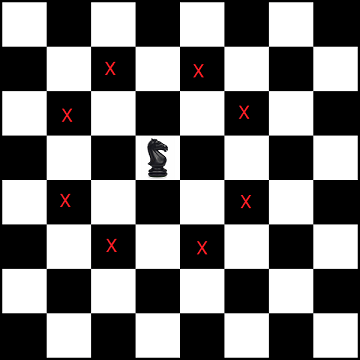As someone who works with technology for years now, I might sometimes appear as a “know all, seen all” kind of guy. But that’s far from the truth. Sure, there is plenty of technology I know or even slightly aware of. But there is still a whole lot that blows my mind when I come across it.
Via this blog post, I came across an X27 – ultra low light night vision color camera. And my mind is blown. This technology provides high definition, color video images in ultra low light conditions (no moon, overcast). The level of detail this camera picks up is simply unbelievable. Check out this video comparing X27 to some other night vision technologies.
The X27 camera takes videos in darkness that looks like they were shot in the daytime. And they’re in color…none of this black and white, thermal, or infrared stuff. The camera was developed for military use, has an effective ISO rating of 5,000,000, and has a comically long name: “X27 Reconnaissance Day/Night high Fidelity true real time low light/low lux color night vision Imaging Security / Multi Purpose camera system”. Pricing information is not available, but I bet you’re paying for every single one of those words. (via digg)
Sure, military is probably the first and only sector that can afford this. But as with anything, once the technology is available, it will make it’s way down to the rest of us, opening new doors in law enforcement, security, photography, movies and TV, entertainment, health and safety, environment and animal welfare, and other areas.
Super cool stuff!

